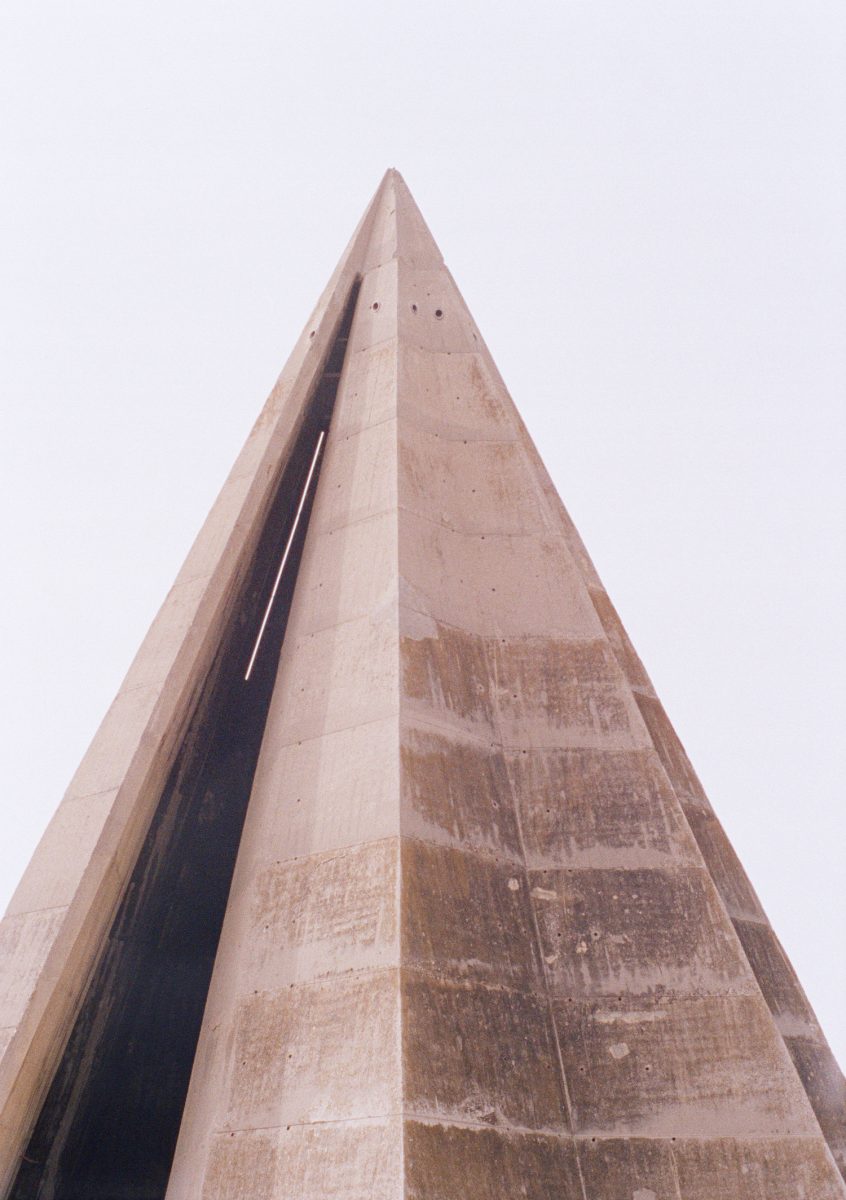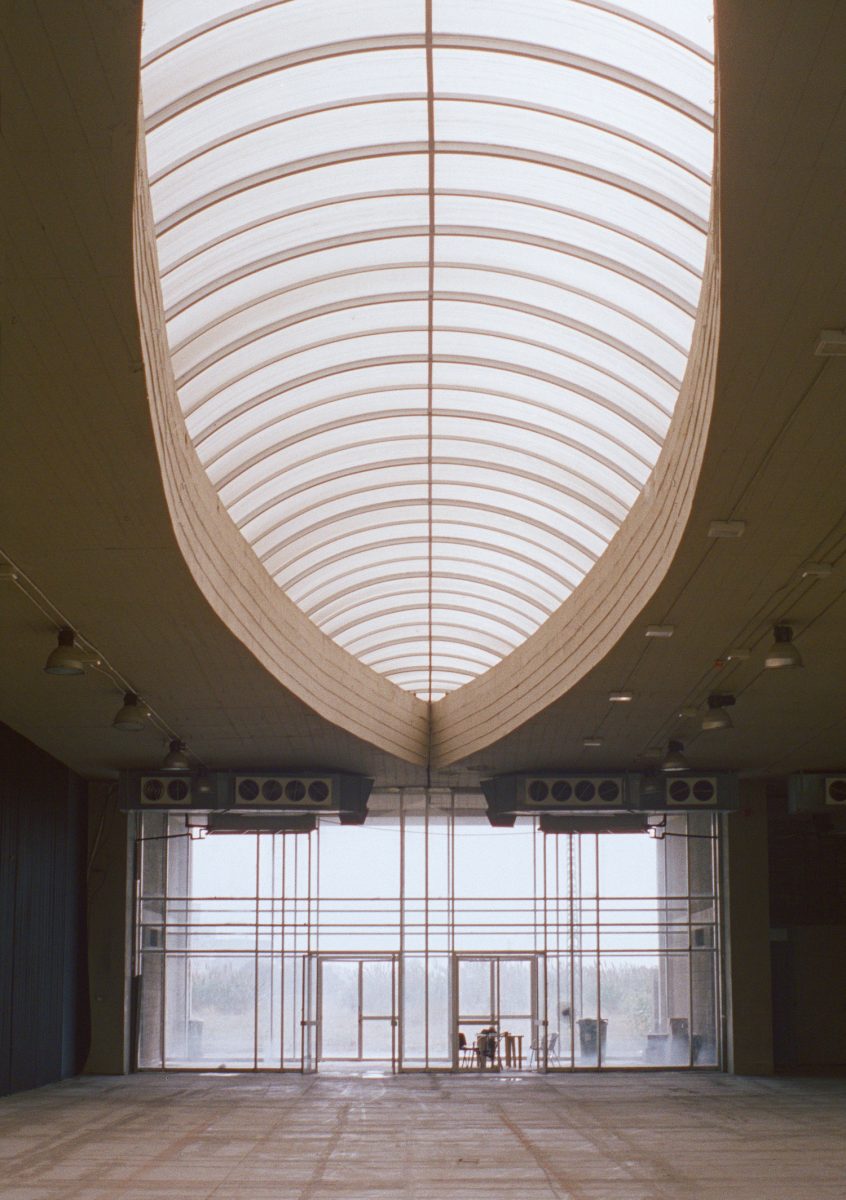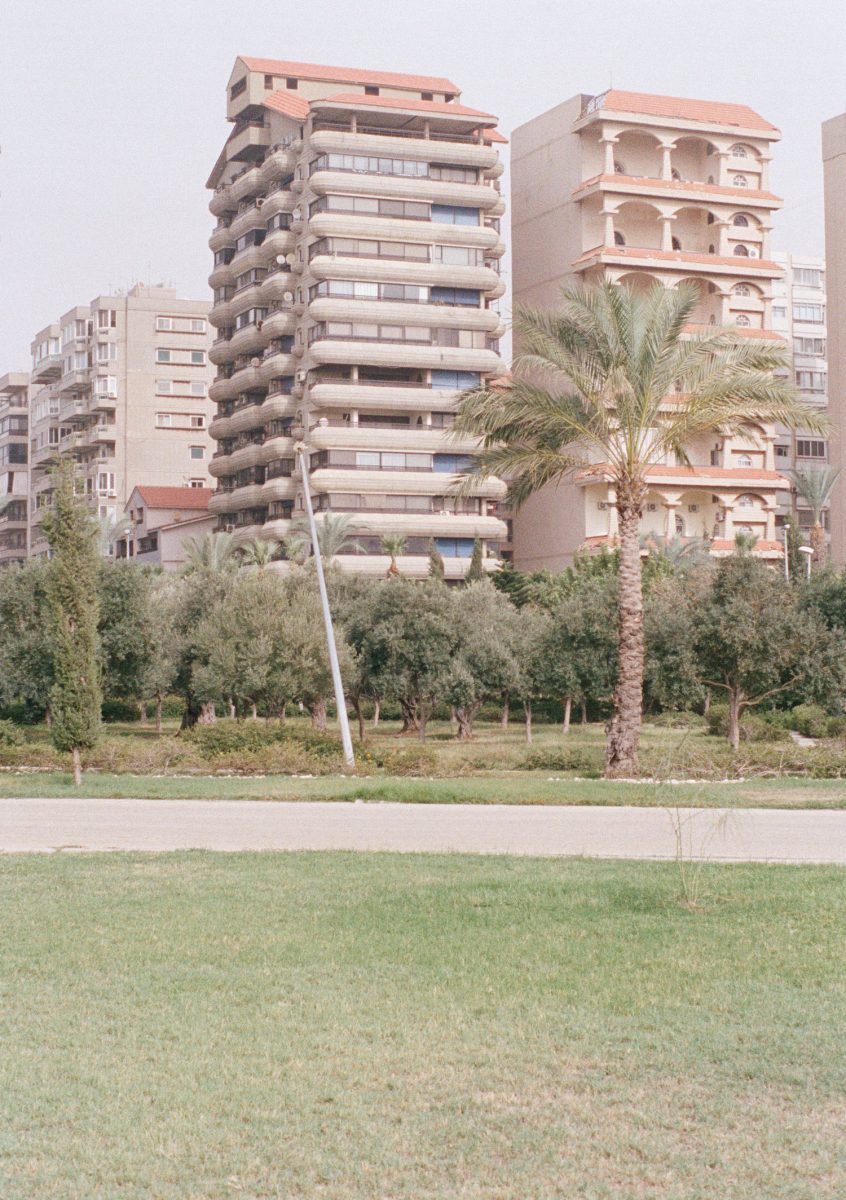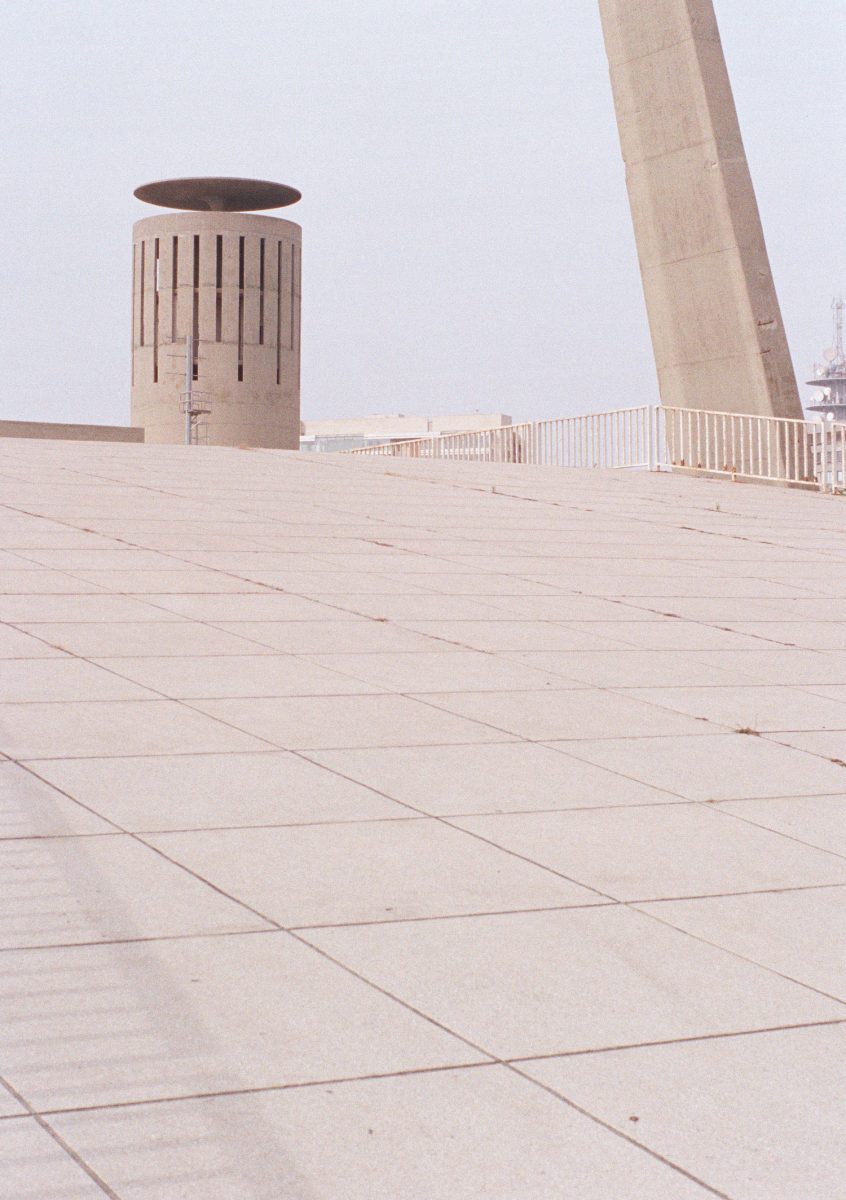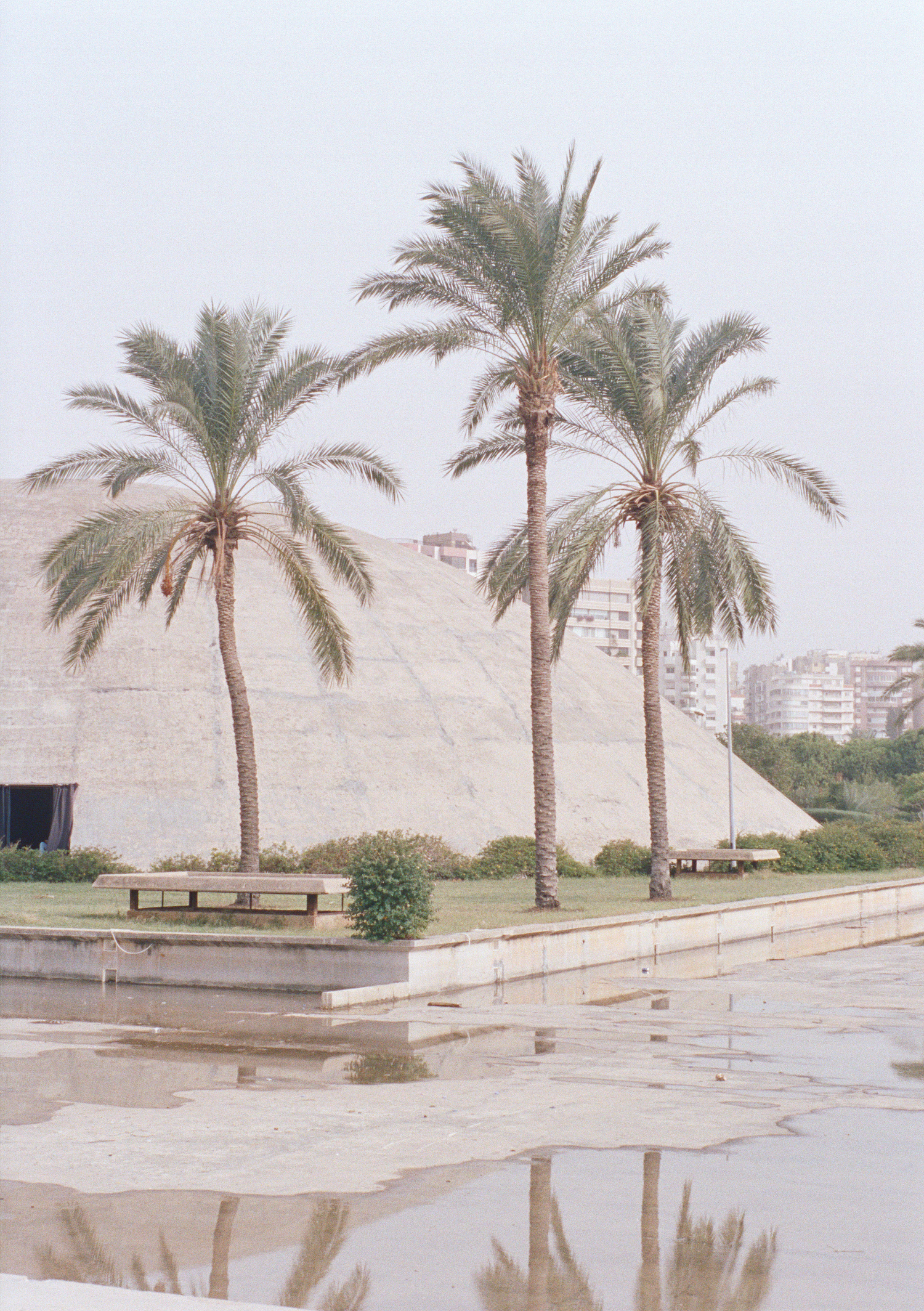
In 1963, the Lebanese government commissioned the Brazilian architect Oscar Niemeyer to design a venue that would host international exhibitions in Lebanon. The result was the construction of Lebanon’s Permanent International Fair in Tripoli.
The project was an attempt to showcase the cultural strength of Lebanon, to symbolise the modern face of the country and the years of rapid economic growth which preceded the Lebanese Civil War. The oval-shaped complex bears all the hallmarks of Niemeyer’s signature style, with uncomplex yet remarkable structures whose relatively simple engineering is reminiscent of his most important work in Brasilia, the modern capital of Brazil.
The project was to play a huge part in the city’s development and would attract attention to Tripoli at
a time when large-scale development projects were mostly concentrated in and around the capital Beirut. It would put the city on the map of international exhibition centres at the time, and represented a significant source of employment for young people from both Lebanon and Tripoli itself.
- Pyramid, International Fairgrounds of Tripoli / Oscar Niemeyer (left). Former delegates' centre on the site (right). Photo: Miguel Santa Clara
That dream was not to become a reality, due most significantly to the outbreak of the civil war in 1975. All construction work, by then more than 90% complete, was halted. The unfinished site became a nightmare overshadowing the city and its inhabitants, a unique architectural masterpiece left alone to face its fate.
“The site was abandoned, neglected, vandalised, pillaged, and it was even seized by groups involved in the civil war”
The site was abandoned, neglected, vandalised, several buildings were destroyed, its entire contents were pillaged, and it was even seized and overrun by Palestinian and Syrian groups involved in the civil war. The complex was turned into a Syrian military base, and many of its buildings became weapons stores, prisons, and sites of execution and torture whose scars are visible to this day.
The construction works were never completed even after the war ended in 1990. The entire project continues to fight for its life, with no clear plan for its future. It is beset by a complete lack of maintenance and restoration, and its physical infrastructure is crumbling.
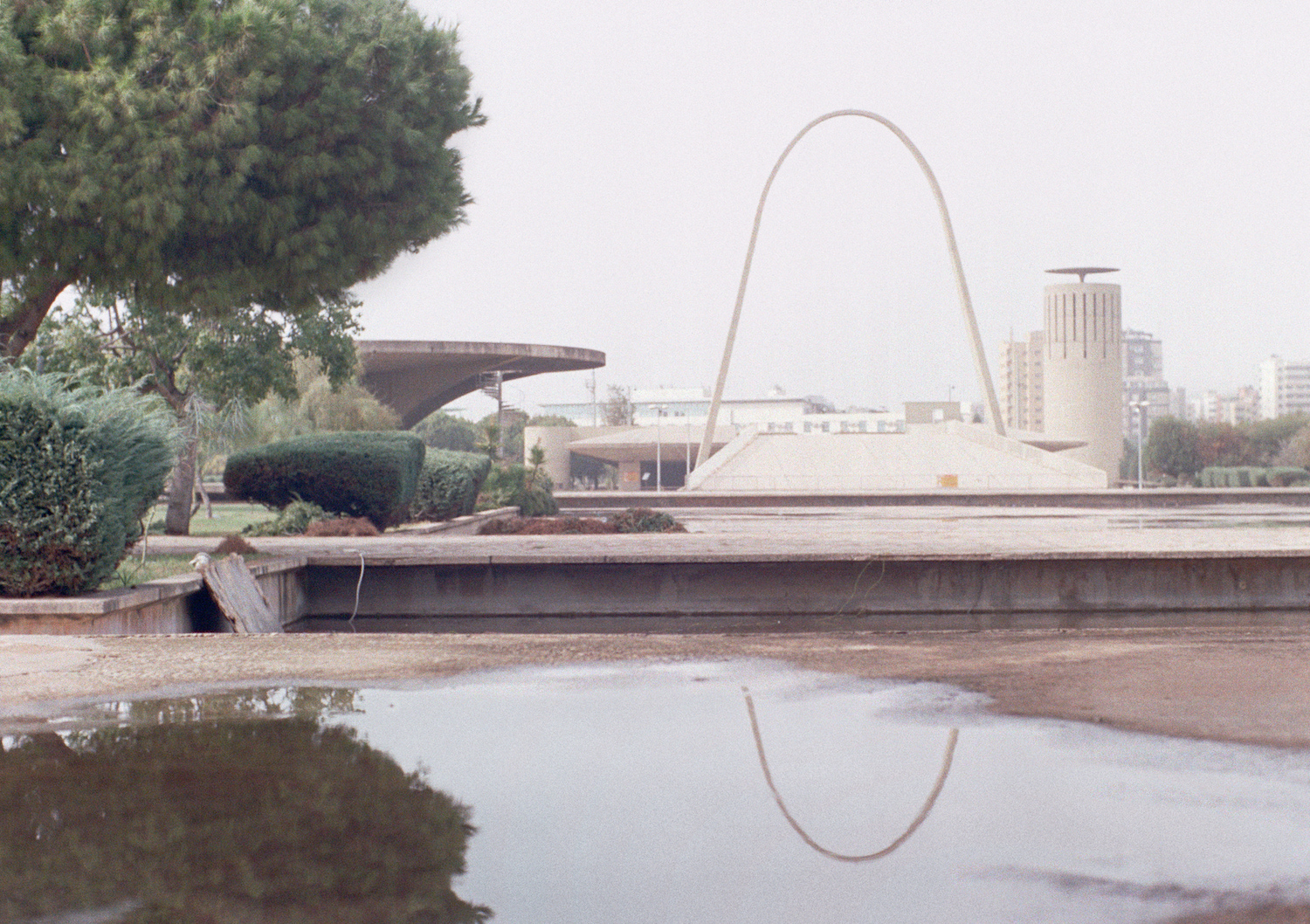
In 2006, the Rachid Karami International Fair, as it had been renamed in honour of the Tripoli-born former Lebanese Prime Minister, was added to the World Monuments Watch List of 100 Most Endangered Sites, in the hope that this would help to highlight the years of neglect and delayed maintenance it had suffered. In 2018, UNESCO also added the site to its World Heritage Tentative List.
“It had been hoped that the fair would attract approximately one million annual visitors”
It had been hoped that the fair would attract approximately one million annual visitors. The site comprises a large exhibition hall, a national pavilion inspired by traditional Lebanese architecture, an Experimental Theatre, a Space Museum sitting atop a helipad, a huge monumental arch, and an outdoor concert venue known as the Floating Theatre. There is also a children’s pavilion, and a large water tank sitting above a restaurant with a panoramic view of Tripoli.
The complex also contains an area of housing for the construction workers (not to mention a villa for the head of the project which very closely resembles Niemeyer’s own house in Rio de Janeiro) and several water features which reflect the site’s individual buildings in a magical, dreamlike fashion.
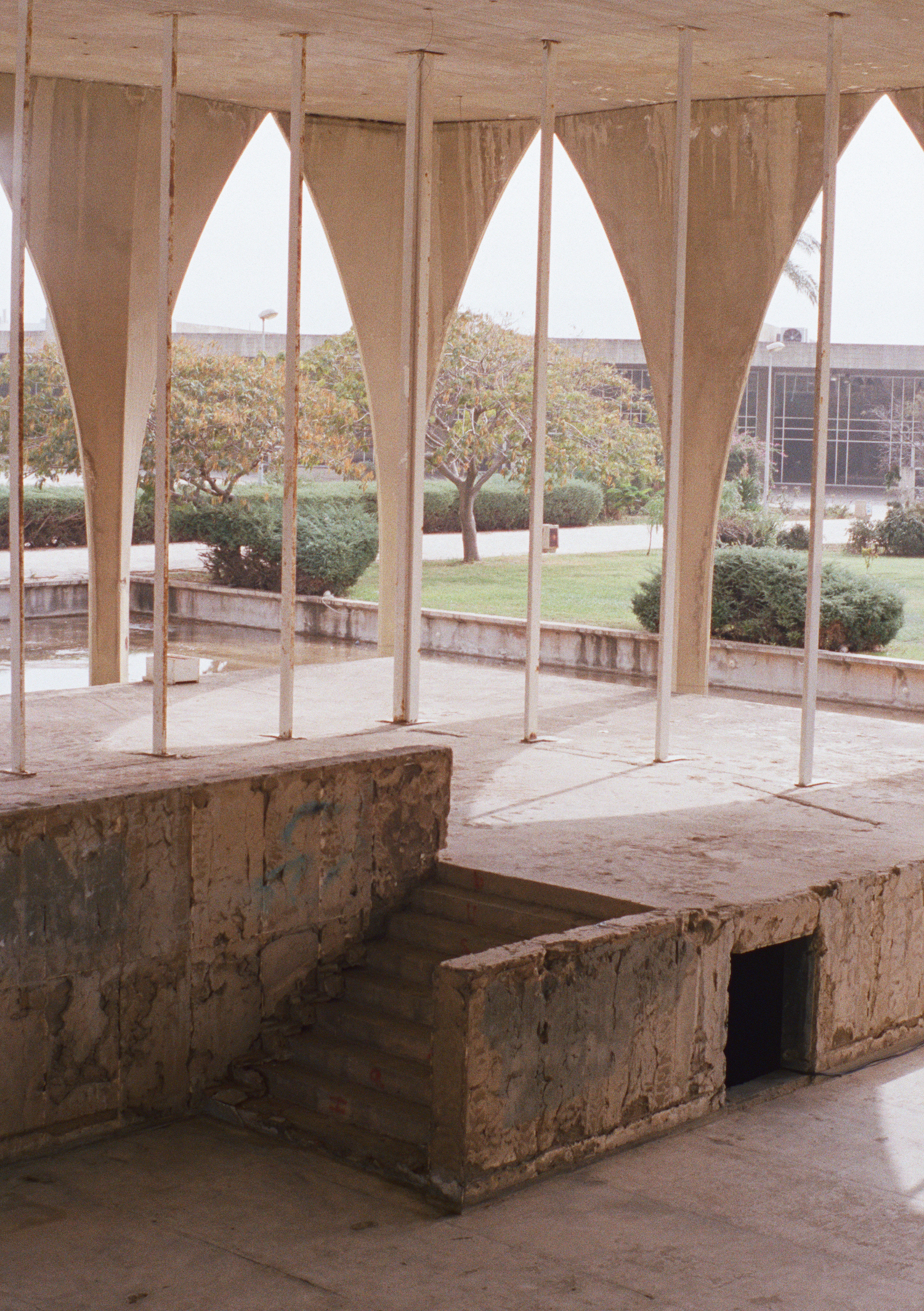
Niemeyer himself once said that “Tripoli has two hearts: the ancient city surrounding the historic citadel, and the port. The exhibition space project will create a third heart for the city.” However, the space never performed the part it was expressly designed to play, and the abandoned site angers many local residents.
The International Fair was where I spent a large portion of my childhood in the city. Like many who were born and brought up in Tripoli, I thought of it as my only space to play. From the age of six onwards, I would often go there with friends to take in the sight of the fireworks which would illuminate the night sky, and as a child I frequently dreamt of climbing onto the dome-shaped roof of the Experimental Theatre.
“Niemeyer once said that the exhibition space project would create a new heart for the city’”
I had no sense of the site’s value and significance: to me it was simply a vast space perfect for all manner of childhood activities. Eleven years ago, my perspective changed when I began to specialise in my studies, and later in my work, in art and design. I developed an intense attachment to the space, and became acutely aware of the relationship between it and the city of Tripoli.
I made a habit of visiting it regularly, and was especially captivated by the roof of the Experimental Theatre, whose extraordinary acoustics left me in awe. I began to treat the theatre as though it were a sound installation, and I would go inside to enter into direct dialogue with Niemeyer and the city. The extraordinary echoes of sound in the circular theatre made me feel as if the space (and Niemeyer himself) were themselves speaking.
- Apartment buildings seen from the International Fairgrounds of Tripoli (left). Arch detail (right). Photo: Miguel Santa Clara
Physically, the space is in the centre of Tripoli, yet theoretically it is entirely beyond the city. It is simultaneously both a place and a non-place. It is somewhere and nowhere, a space beyond or outside of Tripoli’s urban geography. The fair is a time capsule, comprising a mixture of memory and mythology, a place where the past and the present interact.
In spite of its cruel history, its deferred present and uncertain future, I think of the site not as a finished article, but as somewhere still under construction and still undergoing transformation. I am particularly interested in the narrative of the space, a narrative which is informed by its surroundings, a narrative both exquisitely political and also poetic.
“The fair is a time capsule, comprising a mixture of memory and mythology, a place where the past and the present interact”
The fair’s continuous transformations document the dynamics of the interaction between itself and the people who use it. Locals jump over its fences to ride their bikes inside its perimeter, or to practice parkour and skateboarding, or simply to take a stroll in its grounds. These ways of using the space give new meaning to it, restore life to it and fill it with energy.
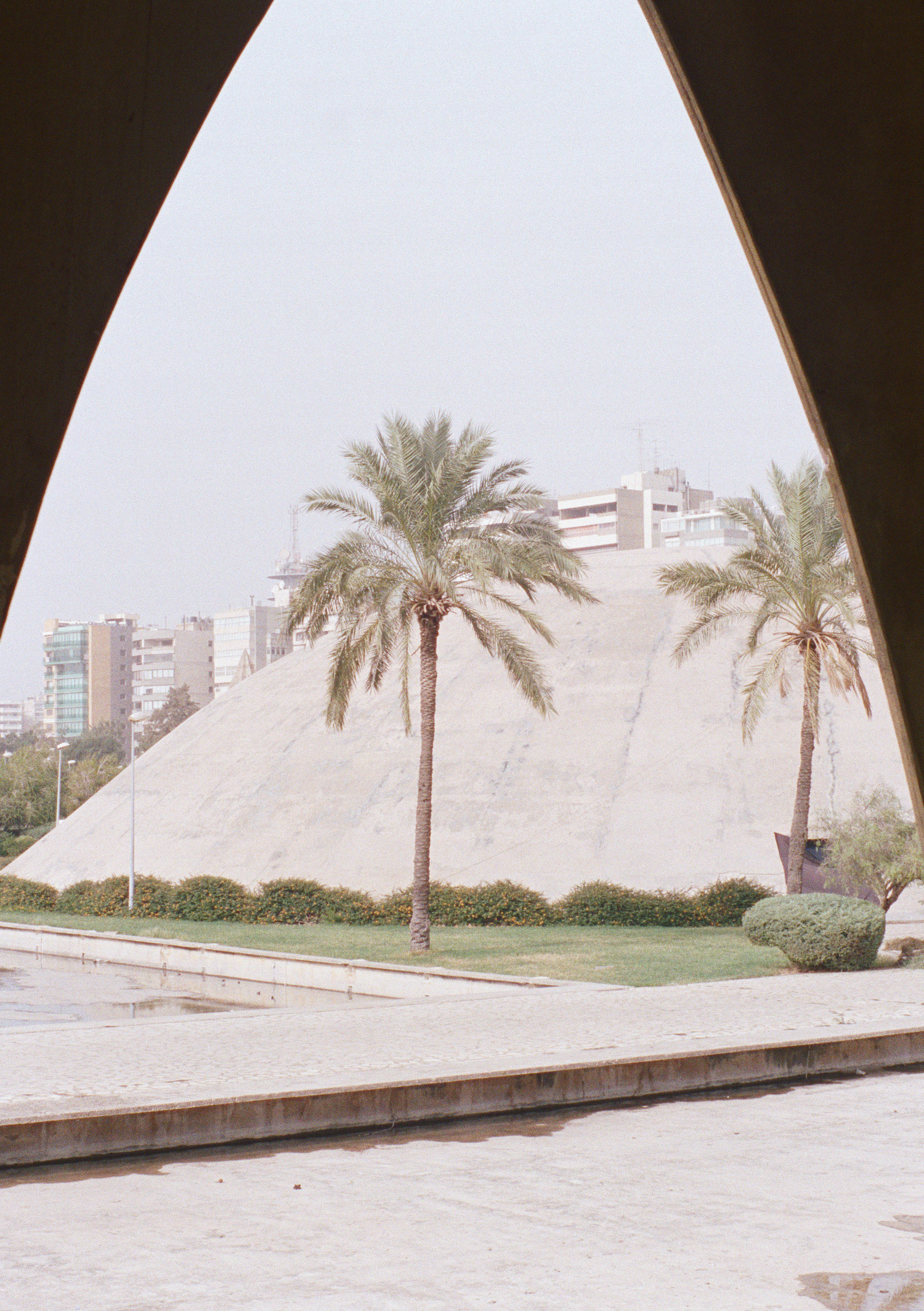
It continues to accumulate tales which stem from the different stages of its history. I am referring in particular to the militias that have passed through it, as well as more subtle interventions. Each generation over the last few decades has left its own mark in the form of graffiti, writings and drawings on the buildings. The insignia combine to reveal a counter-history of a place which was once thought of as a dream. These markings are perhaps the most important form of interaction between Tripoli, its people, and the fair.
“Locals jump over its fences to ride their bikes inside its perimeter or simply to take a stroll in its grounds”
“Al-Ma’rad”, as we call it in Tripolitan dialect, has a certain image in spite of its symbolic importance and its shameful (lack of) function. It is a place of meaning and a symbol in its own right, the only place where our senses could both be scattered and develop.
Inside the Experimental Theatre, someone has scrawled the inscription “Niemeyer 4 Ever” on one of the walls. This inscription remains perhaps the most potent symbol for the fair and its shattered utopia, which lives on even amid the ruins.
Rana Al BaBa is a writer from Tripoli and a PhD candidate in the Visual Arts at the Lebanese University Doctoral School of Literature, Humanities and Social Sciences. She writes the blog Emerging Voices: A Dialogue With Niemeyer. Translated from the Arabic by Nicholas Salter
This article originally appeared in Elephant 47: Spring Summer 2022, available to buy here
